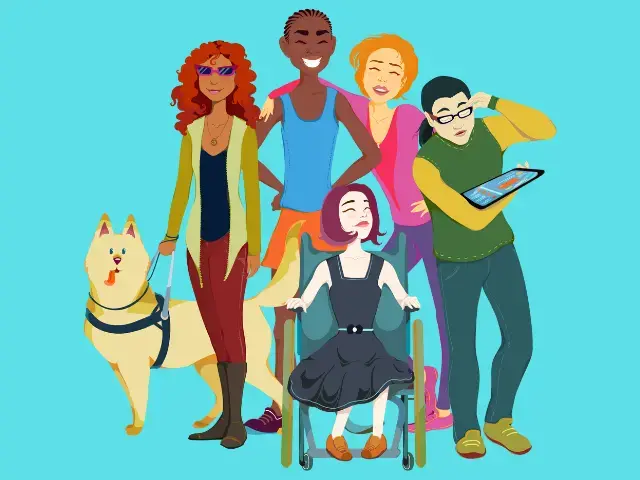
In his powerful TED Talk, "To This Day ... for the bullied and beautiful," Shane Koyczan addresses the profound impact of bullying and the importance of self-worth. His moving words resonate deeply with many who have felt different or marginalized in traditional school settings.
During my time as a public high school teacher in Colorado, I saw that learning styles and preferences are as vast and varied as every subtle variation of color in a rainbow. Some thrive off of traditional school settings, hierarchies, and routines. But others would thrive with a less traditional pathway, and historically, these types of learners have not always been celebrated and accepted in society or school settings.
Koyczan's heartfelt poetry and personal experiences shine a light on the struggles faced by those who do not fit the conventional mold, emphasizing the need for empathy, understanding, and alternative educational paths.
What is Bullying?
Bullying can be defined as calculated, ongoing abuse that is aimed at a less powerful target. The three central components of bullying are aggression, repetition, and imbalance of power.
(Bullying & Cyberbullying: What Every Educator Needs to Know, Elizabeth Englander, 2023)
The Impact of Bullying on Education
Bullying is a pervasive issue that affects countless students worldwide. Some traditional school environments, with their rigid structures and social hierarchies, may exacerbate feelings of isolation and anxiety among some learners. Research has shown that bullying can lead to a host of negative outcomes, including decreased academic performance, poor mental health, and even long-term psychological trauma. For some students, the fear of bullying can become a significant barrier to learning and personal growth.
Alternative educational models, such as homeschooling and hybrid in-person + online schooling, may offer a refuge for these students. These flexible approaches allow learners to find supportive environments tailored to their unique needs.
Benefits of Homeschooling and Hybrid Education
Homeschooling and hybrid education provide numerous advantages for students who struggle in conventional school settings. These models allow for personalized learning experiences, where students can progress at their own pace and focus on their individual strengths and interests. This tailored approach not only enhances academic achievement but also promotes a love of learning and self-confidence.
In a homeschooling environment, parents and educators can create a curriculum that aligns with the student's learning style and needs. This flexibility ensures that students receive a well-rounded education while also addressing any specific challenges they may face.
Hybrid education, which combines in-person and online learning, may be a perfect fit for some learners. Students benefit from the social interaction and hands-on experiences of in-person classes while also enjoying the flexibility and autonomy of online learning.
How is Cyberbullying Different?
It is really important to mention that “cyberbullying” also exists and that is why it is so important that our online classroom environments are also safe and inclusive. Here are some considerations for educators regarding ways that cyberbullying can differ:
Technology enables others to amplify the attacks
Heightened visibility can significantly increase the emotional duress of a bullying incident
Electronic communication has potential for wide dissemination
(Bullying & Cyberbullying: What Every Educator Needs to Know, Elizabeth Englander, 2023, and It's Complicated: The Social Lives of Networked Teens, Danah Boyd, 2015)
Who Could be Targeted for Bullying?
The bullied is any kind of kid; they may or may not be popular, bright, or attractive. There may be something different about them or they might just be in the wrong place at the wrong time.
Potential considerations could include:
The student might be younger or smaller
They might be the new kid in school
Economic status
The following groups may be especially vulnerable to bullying:
Students with disabilities
LGBTQ+ students
(The Bully, the Bullied, and the Not-So-Innocent Bystander, Barbara Coloroso, 2016)
How Can Your School Create an Atmosphere that Minimizes Bullying?
Establish a culture of inclusion and respect that welcomes all students
Reward students when they show thoughtfulness and respect for peers, adults, and the school
Have all school staff work together to monitor bullying “hot spots” in and around the building
Set a tone of respect in the classroom
(https://www.stopbullying.gov/prevention/at-school/build-safe-environment/index.html)
Creating Safe and Supportive Learning Environments
Shane Koyczan's message in "To This Day ... for the bullied and beautiful" serves as a powerful reminder of the importance of empathy and inclusion in education. By understanding the unique challenges faced by students who are different, we can develop educational models that celebrate diversity and foster a sense of belonging. As educators we can strive to empower all students, helping them achieve their full potential in an environment that values their individuality.
Recommended Reading
The following resources were used in the creation of this article. If you are interested in this subject, I recommend a more thorough exploration of the following:
It’s Complicated: The Social Lives of Networked Teens
This book by Danah Boyd discusses the impact of technology on teens in the modern era. Phenomenon such as bullying has always existed, but this book explores how technology has transformed and amplified the experiences for teens today. The data and details provided are well researched and complex.
The Bully, the Bullied, and the Bystander
This book is an excellent examination of the different roles that occur in bullying. Barbara Coloroso defines the roles of the bully, bullied, and bystander by looking for commonalities in various situations. Understanding the individual roles can help us understand how to help. She also discusses how the scene is set for a bullying incident to take place. Most importantly, this book looks at the tools needed to break the cycle of abuse.
Bullying and Cyberbullying: What Every Educator Needs to Know
Elizabeth Englander wrote this book to the audience of parents and educators. She does an excellent job of defining bullying and provides a lot of clarity on this confusing issue. Using research-based ideas, Englander provides an essential guide for educators about the impacts of technology on social behavior.
Gelser, S., Neeman, A, & Young, J. (2010). A Briefing Paper from the National Council on Disability. The White House Conference on Bullying (pp. 73-82). Retrieved from https://www.stopbullying.gov/sites/default/files/2017-09/white_house_conference_materials.pdf
This academic source is a briefing paper from the National Council on Disability from the White House Conference on Bullying. It is important to address the implications of bullying on students with disabilities and how this may violate their rights to a Free and Appropriate Public Education. This paper is important because it points us to look to solutions on the local, State, and Federal level.
Edutopia (2015). Turning Bystanders into Upstanders against Bullying [Video File]. Retrieved from http://www.edutopia.org/blog/film-festival-bullying-prevention-upstanders
This is an informational video designed to help people understand ways they can intervene when they witness a bullying incident. Rather than being a “bystander” and doing nothing, the video suggests that young people become “upstanders” and take action. It provides four ways that students of all ages can help.
Stopbullying.gov. Build a Safe Environment. Retrieved from https://www.stopbullying.gov/prevention/at-school/build-safe-environment/index.html
This is from a federal government website that is managed by the U.S. Department of Health and Human Services. It provides guidelines for creating a safe and supportive environment in schools to reduce occurrences of bullying. The idea is to create a climate that is preventative and where bullying is known by all to be unacceptable.
About Me
I am an experienced educator specializing in history, human geography, soft skills, and psychology. With a passion for creating inclusive and supportive learning environments, I am dedicated to helping students succeed through personalized and alternative educational approaches. Learn more and explore my e-learning materials on IndyEd at https://www.indyed.com/secular-curriculum/erin-bennett
.png)

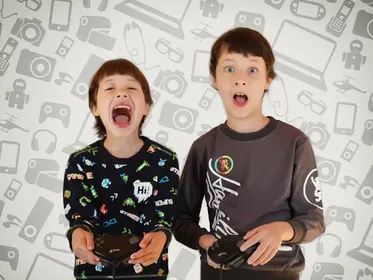
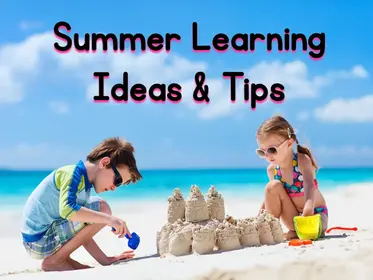
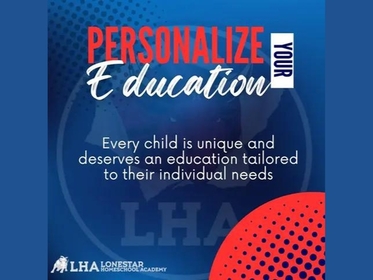
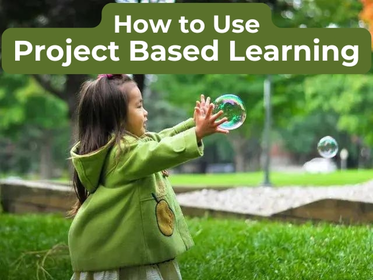
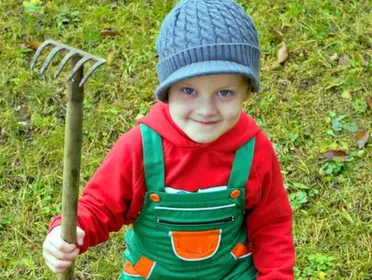

We'd love to hear your thoughts! Leave a comment below.